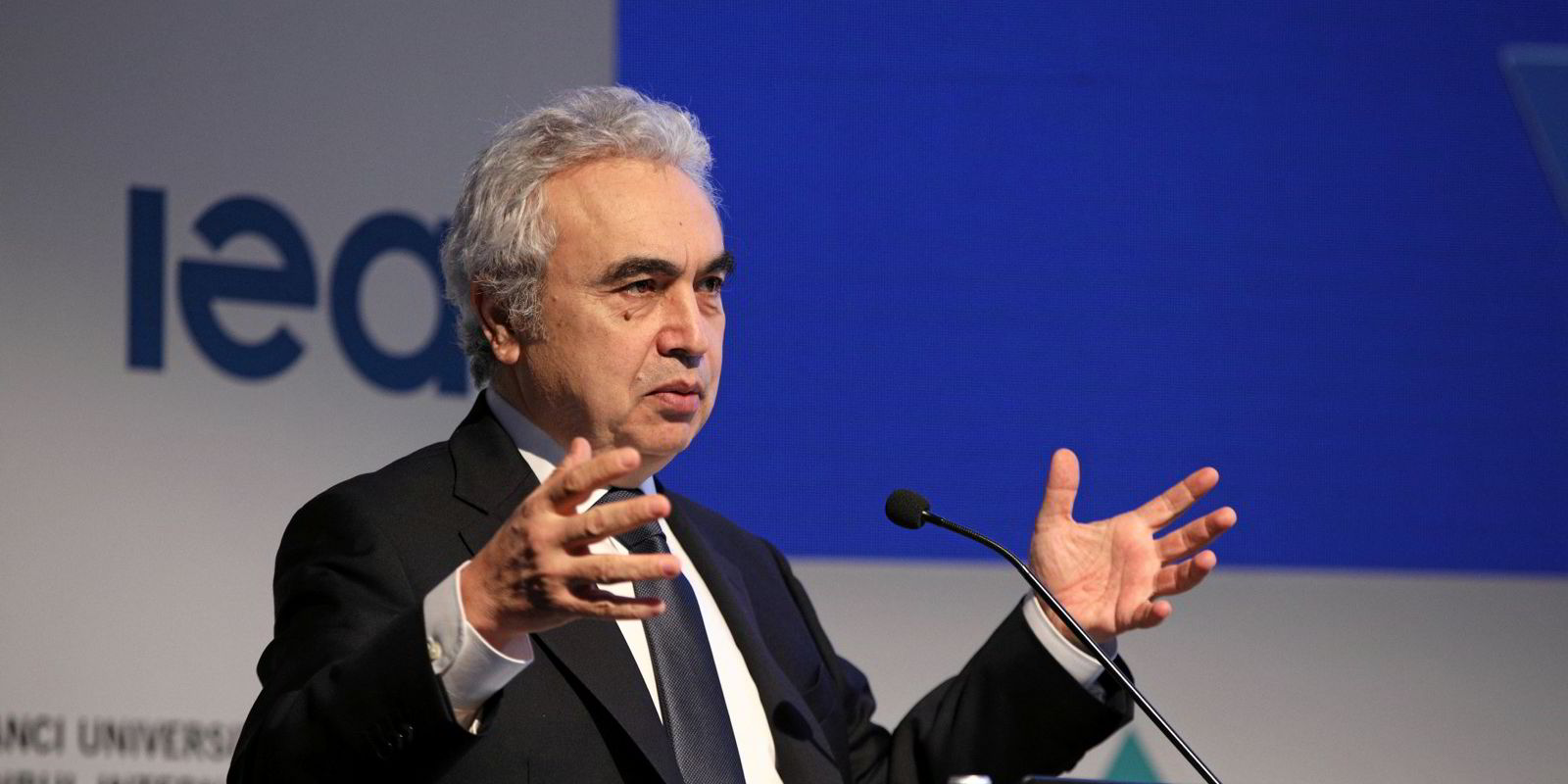China could speed up its energy transition to reach a peak in CO2 emissions well before 2030 – as well as achieving net zero before 2060 – through energy efficiency improvements, a reduction of coal use and a seven-fold boost of renewables, the International Energy Agency (IEA) said in a new roadmap for the Asian superpower’s energy sector.
In a new report, An Energy Sector Roadmap to Carbon Neutrality in China, the IEA explores a route to drive down emission levels faster in the country where the energy sector account for almost 90% of CO2 produced, while still ensuring energy security and affordability for its citizens.
“The really uplifting news is that our new roadmap shows China has the means and capabilities to accomplish an even faster clean energy transition that would result in greater social and economic benefits for the Chinese people and also increase the world’s chances of limiting the rise in global temperatures to 1.5°C,” IEA executive director Fatih Birol said.
“This accelerated transition would put China’s CO2 emissions into marked decline after 2025, opening up the possibility of China reaching carbon neutrality well before 2060. This would be both good for China and good for the world.”
A reduction of emissions in China is crucial if the world wants to keep temperatures from rising uncontrollably. The Asian country alone provides more than half of the world’s steel and cement, with emissions from those two sectors alone being higher than the EU’s total CO2 emissions, the IEA points out.
Another paradox is that China has added more solar power capacity than any other country for many years, and is home to 70% of global electric vehicle battery manufacturing capacity, while at the same time still using coal for more than 60% of its power generation. The country is also the second largest oil consumer in the world.
The IEA’s roadmap for China suggests electricity generation from renewables – mainly wind and solar PV – to increase seven-fold between 2020 and 2060, in order to then account for almost 80% of China’s power mix.
Together with energy efficiency improvements and less coal use, that would lead to a decline in nearly 95% of industrial CO2 emissions by 2060, said the IEA, which also expects innovative technologies such as hydrogen and carbon capture would also grow “strongly” in the after 2030 period.
“This roadmap shows what is possible: China has a clear pathway to build a more sustainable, secure and inclusive energy future,” Birol said.
“As China makes some important decisions in the coming weeks and months, the IEA is pleased to share our analysis and global expertise with Chinese policy makers so that together we can help build a brighter future.
“I also welcome President Xi Jinping’s announcement last week that China will stop building coal power plants overseas as a further positive step towards curbing global emissions.”



